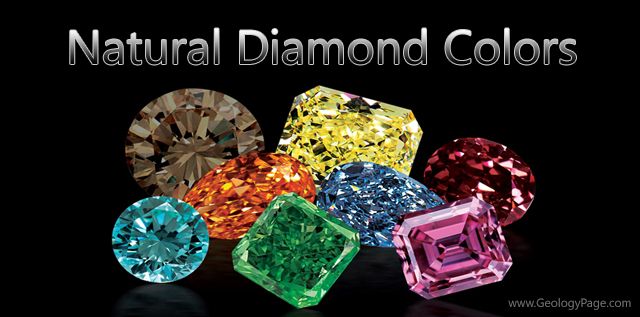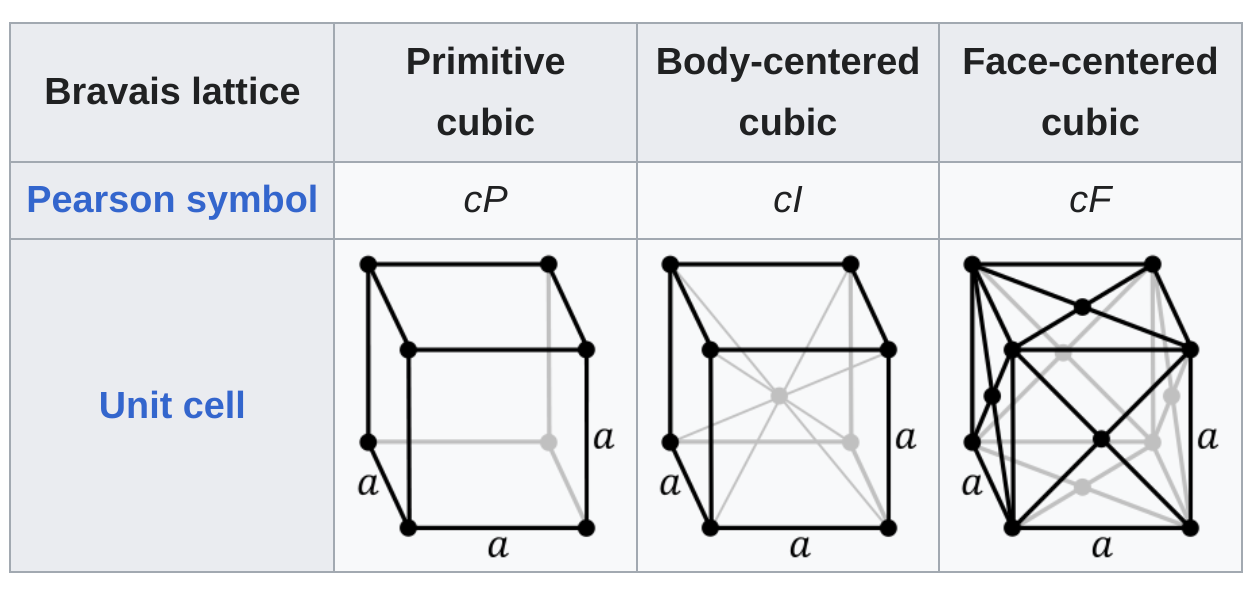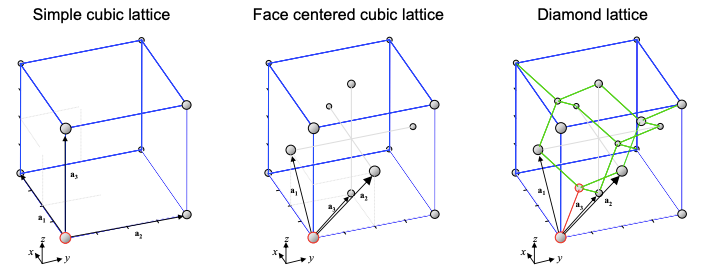Just Get Me Past That First Sentence
"Diamond is a metastable allotrope of carbon ..."

My father spent the better part of his career inventing a new theory of ethics. He and his co-author, Dr. Nicholas Smith, together wrote a book titled The Foundations of the Prescriptive Sciences. Not exactly "Best Seller" material, it is very deep waters, indeed: indecipherable to anyone who hasn't first read all the key literature of the philosophy of science, and mastered its highly-specialized vocabulary. I am a relatively educated reader, but I've never been able to get past even its Abstract.
The English language is marvelously flexible. There are millions of specialized words that we never use day-to-day. I'm reminded of this just about every time I dip my toe into reading anything close to a primary source in Geology. The vocabulary of Geology is practically a foreign language, even to the enthusiast.
Take this opening sentence from the webpage on Natural Diamond Colors from geologypage.com:
Diamond is a metastable allotrope of carbon, where the carbon atoms are arranged in a variation of the face-centered cubic crystal structure called a diamond lattice.
Yikes! OK, let's break that down.
Metastable means being in a state of apparent equilibrium, but capable of changing to a more stable state with the addition of more energy. For example, a bowling pin is metastable while it is upright. However, we know that's just how it appears at the moment. With just a small push, it will immediately fall down to a more stable state. Diamonds, it has been thought, are in just such a state, and if they were subjected to enough pressure and heat, they would change to a more stable form.
Well, that may turn out to not be the case. Last year an experiment was performed that proved that even if you subject a diamond to five times the pressure at the Earth's core (!), they still won't change to a more stable state, but instead keep their crystal structure. Diamonds are not only the hardest form of carbon on earth, they may be the hardest possible form of carbon that can exist.
Which leads us to allotrope, a term for elements that are chemically the same, but exist in different forms. Carbon, for example, not only exists in the form of diamonds, but also as graphite. It's wild to think that the exact same element is both the hardest known substance in the universe, but also one of the softest – so soft, we use it in pencils. These different forms of carbon are a result of how the atoms bond together. In diamond, the atoms are bonded in a multi-faceted crystal-within-a-crystal structure. In graphite, they are bonded in flat sheets.
Face-centered cubic crystals are structures where the unit cell of the lattice is a cube. Each unit cell holds a single carbon atom. There are three variations: a primitive lattice, a body-centered lattice, and face-centered. These refer to the number of points where the cells in the lattice connect together:
- A primitive lattice has a lattice point on each corner of the cube
- A body-centered lattice has a lattice point in the center in addition to the corners
- A face-centered lattice has lattice points on the faces of the cube in addition to the corners.

At last we get to the diamond lattice, which is a hybrid face-centered cube that contains two atoms instead of just one. Every atom is at the center of a tetrahedron:

So there we have it.
"Diamond is a metastable allotrope of carbon, where the carbon atoms are arranged in a variation of the face-centered cubic crystal structure called a diamond lattice."
Translation: "Diamond is the incredibly strong crystalline form of carbon. Carbon exists in many other forms, some of them much softer than diamond."
Sources:
- Natural Diamond Colors, geologypage.com
- The Metastable Diamond, neatorama.com
- Diamonds retain the Structure at five times the pressume of Earth's Core, sciencealert.com
- Allotrope – Definition in Chemistry, thoughtco.com
- Cubic crystal system, wikipedia.org
- A Simple cubic face-centered cubic and diamond lattices, Introduction to Nanoelectronics.
- Foundation of the Prescriptive Sciences, Vol I, DTIC.gov
Comments
Sign in or become a Dave Essentials member to join the conversation.
Just enter your email below to get a log in link.